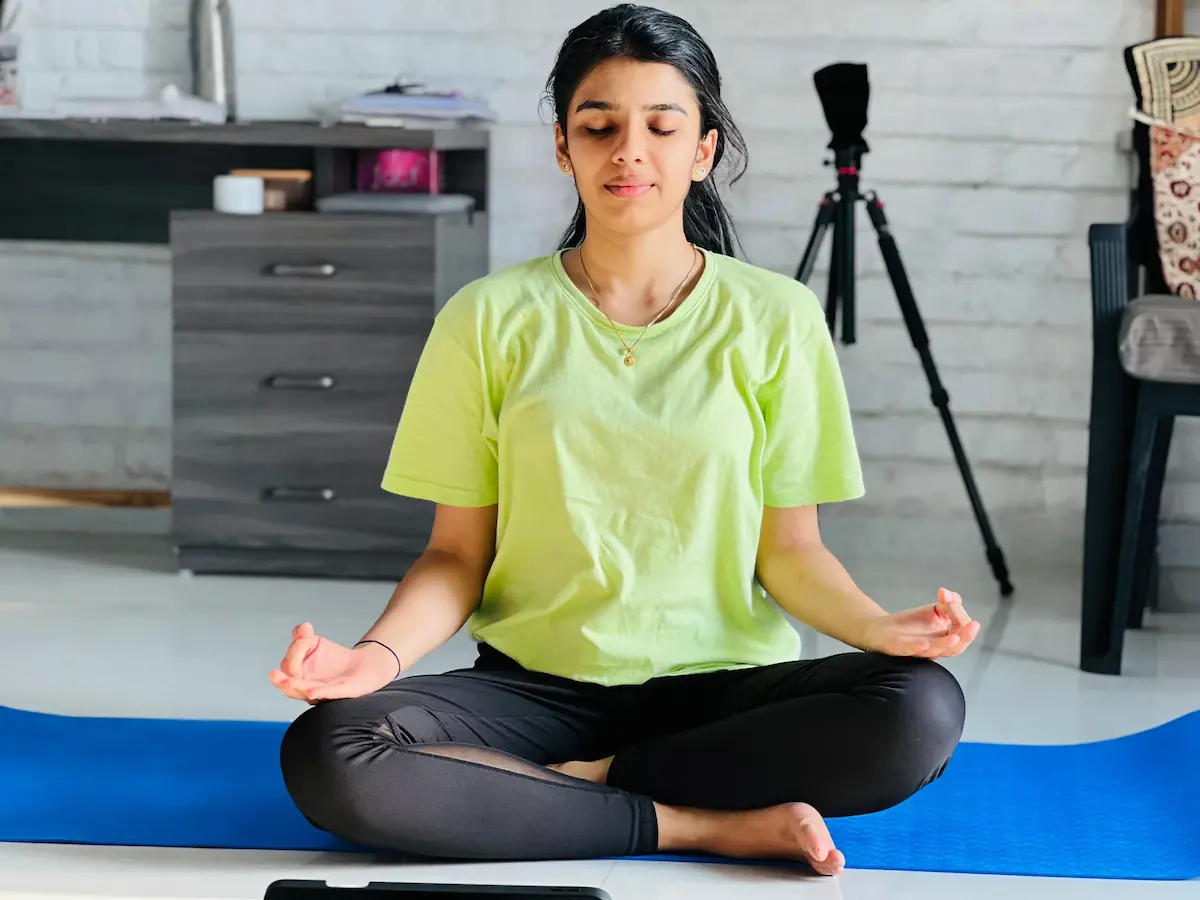Migraines can be debilitating, but natural methods like yoga offer gentle and sustained relief for many sufferers. Whether you experience severe headaches, nausea, or light sensitivity, incorporating targeted yoga practices may help you manage symptoms and improve your quality of life. Here’s your guide to migraine-friendly yoga, practical steps, tips, and answers to common questions.

Why Try Yoga For Migraines?
- Reduces stress: Calms the nervous system and lowers stress, which is a common migraine trigger.
- Improves blood circulation: Certain poses help increase oxygen flow to your brain and relax muscle tension.
- Natural relief: Offers a medication-free way to complement your migraine management plan.
- Holistic health: Enhances overall well-being, including mental focus and emotional balance.
Essential Yoga Poses For Migraine Relief
Here are easy-to-follow yoga postures that may help reduce migraine frequency and intensity.
1. Sukshma Vyayama (Gentle Yogic Warm-Ups)
Loosens muscles in the neck, face, and head to alleviate tension.
How to Do It:
- Place your middle and ring finger on your jawline and gently massage toward your chin. Keep your mouth open slightly.
- Open and close your jaw slowly 8–10 times.
- Move your jaw side-to-side 8–10 times.
- Neck movements:
- Inhale and tilt your head back.
- Exhale while lowering your chin to your chest. Repeat 5–6 times.
- Rotate your head slowly in a clockwise direction, then counterclockwise, 5–6 times each.
2. Cycling Pose (Pada Sanchalanasana)
Relieves muscle stiffness and tension throughout the body.
Steps:
- Lie flat on your back with arms by your side, palms facing down.
- Keep head, neck, and spine in alignment.
- Raise your right leg straight upward, inhale as you lift.
- Bend the knee and simulate cycling – rotate your leg in a circular motion.
- Exhale as the knee draws towards your chest.
- Do not let your heel touch the floor.
- Perform 10 cycles forward and 10 in reverse, then repeat with the left leg.
3. Hands Stretch Breathing (Hasta Utthanasana Breathing)
Eases stress and refreshes the body by encouraging deep, controlled breaths.
How to Practice:
- Stand straight, feet together, arms relaxed.
- Bring both hands in front of your chest, placing your palms together.
- Relax your shoulders.
- Stretch arms outward to shoulder level as you inhale deeply.
- Twist your palms so they face your chest as you continue inhaling.
- Return hands to the chest position and exhale.
- Repeat 5 times.
Pro Tips For Maximizing Migraine Relief
- Practice regularly: Consistency is key to long-term results.
- Retreat to a quiet space: Dim lights and reduce noise during your practice.
- Stay hydrated: Dehydration can trigger migraines; drink water before and after yoga.
- Pair with relaxation: Add deep breathing, meditation, or gentle music.
- Listen to your body: If any posture increases pain, stop and rest.
- Why Your Mind Wanders During Meditation
- Beginner Yoga Poses for Stress Relief
- Yoga vs Gym: Which is Better for Mental Health?
FAQs: Yoga For Migraine Relief
Q1. Can yoga cure migraines completely?
Yoga may not offer a “cure,” but it can help reduce the frequency and severity of attacks for many people when practiced consistently.
Q2. How often should I do yoga for migraine relief?
Aim for at least 3–4 sessions per week. Even 10–15 minutes daily can make a difference.
Q3. Are there poses I should avoid during a migraine?
Inversions or strenuous poses may worsen symptoms during an active migraine; focus on gentle movements and rest.
Q4. When is the best time to practice?
Early morning or any quiet, low-stress time is ideal. Avoid practicing during a severe attack; rest until symptoms ease.
Q5. Should I stop my medication if yoga helps?
Consult your doctor before changing or stopping any prescribed medication. Yoga should complement, not replace, your existing treatment plan.
Incorporate these yoga techniques and mindful habits into your daily routine for natural, sustained migraine relief. Listen to your body, adapt as needed, and consult a healthcare provider for any persistent or severe symptoms.

